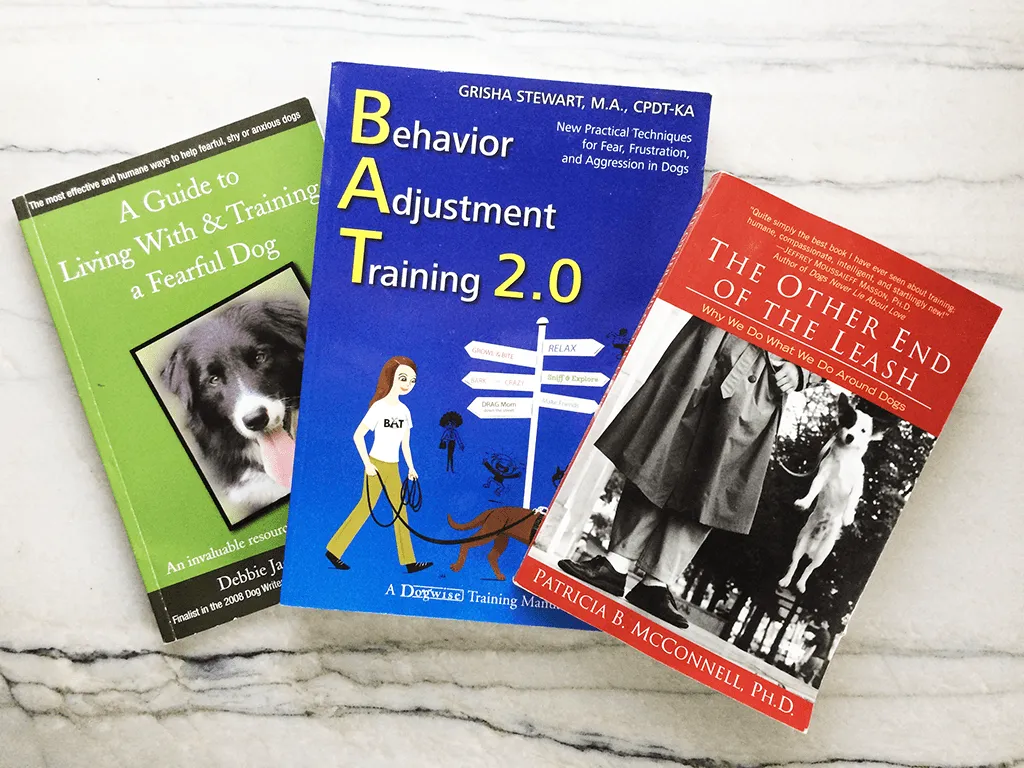Addressing aggression in dogs is one of the most challenging, yet crucial, aspects of pet ownership. An aggressive dog can pose risks to family members, other pets, and even strangers, making effective training and behavioral modification paramount. For dedicated dog owners and aspiring trainers, delving into expert literature is an invaluable step toward understanding the root causes of aggression and implementing humane, effective solutions. This article reviews some of the best books that offer profound insights and practical strategies for managing and training aggressive dogs, transforming challenging behaviors into positive interactions.
The journey to rehabilitate an aggressive dog requires patience, consistent effort, and a deep understanding of canine psychology. These recommended books provide a solid foundation, empowering you with the knowledge to approach your dog’s aggression with confidence and compassion. From understanding their communication signals to implementing specialized training techniques, these resources are designed to help you foster a safer, happier environment for both your dog and your community. Understanding the principles of best obedience training books for dogs can also provide a solid foundation for managing aggressive behaviors.
“Behavior Adjustment Training (BAT) 2.0: New Practical Techniques for Fear, Frustration, and Aggression” by Grisha Stewart
Grisha Stewart’s “Behavior Adjustment Training (BAT) 2.0” stands out as a groundbreaking resource for tackling reactive behaviors, including aggression, that stem from fear or frustration. Stewart, a certified professional dog trainer, meticulously outlines her innovative BAT 2.0 approach, which focuses on building resilience and self-reliance in dogs. This method provides dogs with safe opportunities to learn about their triggers – be it people, other dogs, or environmental stimuli – enabling them to make better choices without resorting to aggressive displays. The book is lauded for its clarity, making complex behavioral science accessible to all readers, while also offering advanced tips for dog behavior professionals.
Stewart’s work is particularly impactful because it moves beyond traditional counter-conditioning by emphasizing functional rewards like distance and sniffing, allowing dogs to naturally de-escalate their emotional responses. Readers will learn essential survival skills to prevent reactivity during walks and at home, and discover how to safely maximize their dog’s freedom of movement using a long line. The practical, step-by-step instructions ensure that owners can immediately begin implementing these techniques, making it an indispensable guide for anyone dealing with canine aggression.
 A stack of three dog training books, well-worn and with dog-eared pages, illustrating a collection of essential resources for dog owners.
A stack of three dog training books, well-worn and with dog-eared pages, illustrating a collection of essential resources for dog owners.
“A Guide to Living with and Training a Fearful Dog” by Debbie Jacobs
While not exclusively focused on aggression, Debbie Jacobs’ “A Guide to Living with and Training a Fearful Dog” is an absolutely vital read for understanding one of the primary drivers of aggressive behavior: fear. Jacobs, a highly respected CPDT-KA and CAP certified trainer, presents the most humane and effective ways to assist fearful, shy, or anxious dogs. Her comprehensive guide dispels common myths and misinformation surrounding fear-based behaviors, providing clear, easy-to-understand language that empowers owners to effectively manage their dog’s emotional challenges. Understanding fear is a critical step, as many aggressive acts are rooted in a dog’s perception of threat or vulnerability, and mastering this can lay the groundwork for effective training, much like principles found in a cesar millan dog training book.
This book is invaluable for anyone working with dogs who exhibit fear-induced aggression. Jacobs offers a philosophy and techniques designed to help these dogs achieve a better quality of life by addressing the underlying fear, rather than just suppressing the aggressive symptoms. It serves as an excellent resource for shelters, foster caregivers, rescue organizations, and veterinarians, providing a holistic approach to understanding and mitigating fearful responses that can often escalate into aggression. The insights gained from this book will enable you to build trust and confidence in your dog, reducing their need to resort to aggressive displays.
“The Other End of the Leash: Why We Do What We Do Around Dogs” by Patricia McConnell, PhD
Patricia McConnell’s “The Other End of the Leash” is a classic that explores the fascinating complexities of human-canine communication. While not a direct training manual for aggression, Dr. McConnell, a Certified Applied Animal Behaviorist and author, sheds light on the profound differences in how humans and dogs perceive the world and interact. Her book illustrates how our primate behaviors often conflict with canine communication, leading to misunderstandings that can exacerbate behavioral issues, including aggression. By understanding how dogs interpret our verbal cues, body language, and physical affections, owners can learn to communicate more effectively and avoid inadvertently triggering aggressive responses.
Dr. McConnell masterfully blends scientific research with heartwarming anecdotes, providing readers with an entirely new perspective on their relationship with their dogs. You’ll discover why traditional advice to “get dominance” over your dog is often misguided and how subtle human behaviors can profoundly impact a dog’s sense of security and trust. This book is particularly beneficial for owners of aggressive dogs, as it helps them recognize and rectify their own contributions to miscommunication, fostering a more harmonious and less stressful environment. Improved communication is a cornerstone of effective training, making this book a fundamental read for anyone committed to understanding their dog on a deeper level and mitigating aggressive tendencies.
In conclusion, these books offer a powerful toolkit for anyone striving to understand and manage aggression in dogs. From specialized techniques like BAT 2.0 to foundational knowledge on fear and interspecies communication, each resource provides a unique yet complementary perspective. By integrating the wisdom from these experts into your training regimen, you can cultivate a safer, more predictable, and ultimately happier life for your aggressive dog, and strengthen the bond you share. Continual learning and application of these principles will pave the way for successful behavioral transformation.
